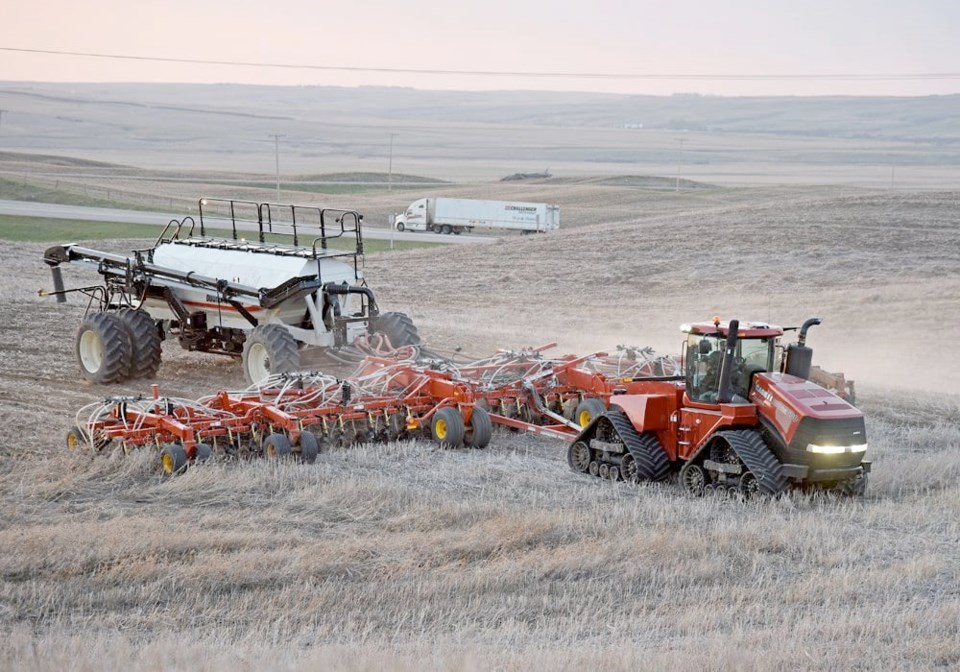WESTERN PRODUCER — Canadian grain producers will be spend more than ever to plant their crops this spring, says Canada’s largest farm lender.
According to its 2023 Farm Input Market Outlook, Farm Credit Canada projects that Canadian farmers will spend a record $23.1 billion on fertilizer, fuel, chemical and seed this year, making the 2023 grain and oilseeds crop “the most expensive ever planted in Canada.”
According to FCC estimates, the Canadian market for fertilizer, fuel, seed and chemical reached a record $21.8 billion in 2022, an increase of 26.1 percent over 2021.
Higher spending on crop inputs in 2022 was driven largely by price increases in fuel and farm fertilizer stemming from global supply chain problems and the war in Ukraine.
Spending on the four major inputs is projected to rise another 5.9 percent in 2023 to a record $23.1 billion, FCC added.
Overall demand for crop inputs in Canada remains “robust” and is supported by strong farm cash receipts.
“The 2023 farm input market will be characterized by high input prices and increased sales,” wrote FCC senior economist Leigh Anderson.
“Strong farm cash receipts are a positive development for 2023 and will help to offset high input costs at the farm level. However, as margins become tighter, revenue growth for Canadian farm input providers will continue to expand….”
According to FCC, the value of total fertilizer sales in Canada will increase by 5.3 percent in 2023 to $10.6 billion, up from $10.1 billion in 2022.
High natural gas prices in Europe interrupted European fertilizer production in the fall of 2021 and Russia’s invasion of Ukraine further increased European energy prices, FCC said.
As a result, 70 percent of EU ammonia production was idled in the fall of 2022, leading to high prices and low supplies.
“Fertilizer prices have come off recent highs yet remain historically elevated, given uncertainties in global nitrogen capacity,” FCC said.
“Fertilizer availability in North America appears adequate for the 2023 planting season, with many retailers having already secured supplies,” it added.
According to FCC, fertilizer prices are expected to remain volatile through 2023, and exports of fertilizer by North American manufacturers could increase due to ongoing production and supply issues in Europe.
FCC is also projecting a further 7.8 percent increase in farm diesel prices in 2023. A number of U.S. refineries permanently closed during the COVID-19 pandemic and others reduced refining capacity.
More recently, an EU ban on Russian diesel implemented Feb. 5 will lend to volatility in global fuel markets.
“Unusually warm weather in the EU this winter has been a good thing for the global diesel market, as reduced demand will rebuild inventories and help to relieve price pressures,” FCC said.
“North American diesel exporters will increase diesel shipments to the EU in 2023 as they stockpile for winter 2024. The EU’s ability to stockpile diesel and heating oil over the summer and fall of 2023 will be crucial to where diesel prices trend for harvest 2023 and into 2024.”
A summary of the FCC outlook can be viewed here.

